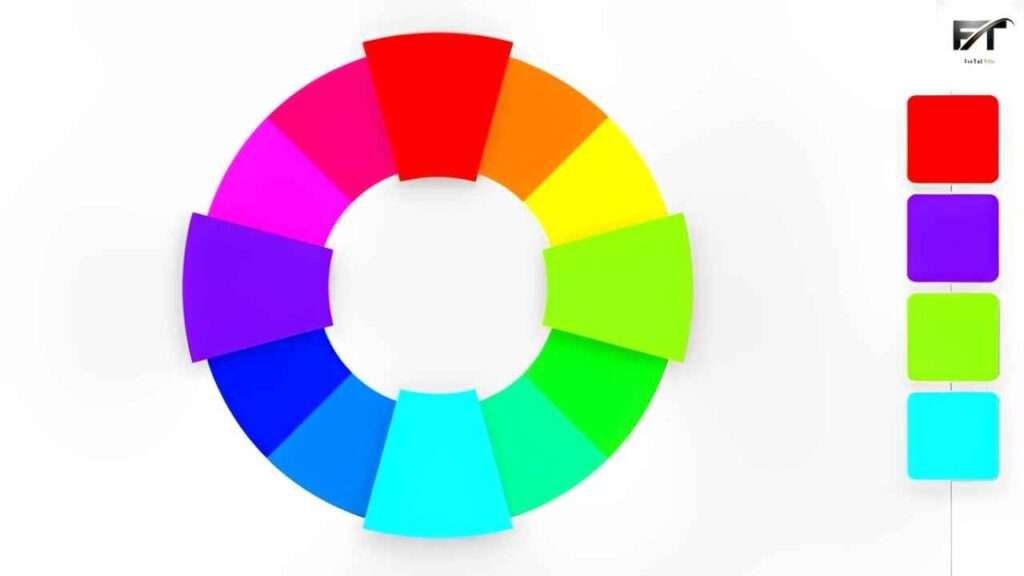Color plays a crucial role in how we perceive the world around us, influencing our emotions, behaviors, and even our fashion choices. In both fashion and makeup, the use of color is a powerful tool that can convey messages, evoke moods, and enhance personal style. Let’s delve into the fascinating world of color psychology and how it shapes our choices in fashion and makeup.

The Influence of Color on Emotions
Colors have the remarkable ability to evoke specific emotions and feelings. For example, warm tones like red, orange, and yellow are often associated with energy, passion, and warmth. In contrast, cool tones such as blue, green, and purple are perceived as calming, tranquil, and serene. Understanding these emotional associations can help individuals choose clothing and makeup shades that reflect their desired mood or attitude.
Choosing Colors to Suit Personality
Just as our personalities vary, so do our color preferences. Some people gravitate towards bold and vibrant hues, while others prefer softer, more muted tones. The colors we choose to wear can reflect aspects of our personality, whether we’re outgoing and adventurous or more reserved and introspective. Experimenting with different color combinations allows individuals to express themselves authentically through their fashion and makeup choices.
The Impact of Cultural and Societal Influences
Cultural and societal factors also play a significant role in shaping our perceptions of color. Certain colors may carry different meanings and symbolism across cultures. For example, in Western cultures, white is often associated with purity and weddings, while in some Eastern cultures, it symbolizes mourning. Similarly, societal trends and fashion movements can influence color preferences and trends, with certain shades becoming popularized during specific time periods.
Color Symbolism in Fashion and Makeup
In fashion and makeup, color symbolism can be used strategically to convey messages or evoke specific associations. For instance, wearing a bold red lipstick can communicate confidence and power, while opting for soft pastel hues may project a sense of innocence or femininity. Similarly, incorporating black into an outfit can create a sleek and sophisticated look, while vibrant neon shades can add a playful and youthful vibe.
Creating Harmonious Color Combinations
Understanding color theory can help individuals create harmonious and visually appealing fashion and makeup looks. Complementary colors, which are located opposite each other on the color wheel (e.g., red and green), can create striking contrasts when paired together. Analogous colors, which are adjacent to each other on the color wheel (e.g., blue, green, and teal), create harmonious and cohesive combinations. Experimenting with different color schemes allows individuals to discover what works best for their personal style and aesthetic preferences.
Practical Tips for Incorporating Color
When incorporating color into fashion and makeup choices, it’s essential to consider factors such as skin tone, hair color, and personal preferences. For example, individuals with warm undertones may find that earthy tones like terracotta and mustard complement their complexion, while those with cooler undertones may prefer shades of blue and lavender. Experimenting with swatches and samples can help determine which colors enhance natural features and complement overall appearance.
The psychology of color is a fascinating aspect of both fashion and makeup, influencing our emotions, perceptions, and personal style choices. By understanding the emotional associations, cultural influences, and symbolism of color, individuals can make informed decisions when selecting clothing and makeup shades that reflect their personality, mood, and desired aesthetic. Whether opting for bold statement pieces or subtle accents, the power of color allows us to express ourselves creatively and authentically.
Also Read – Expert Tips for Curly, Wavy, and Coily Hair Care
